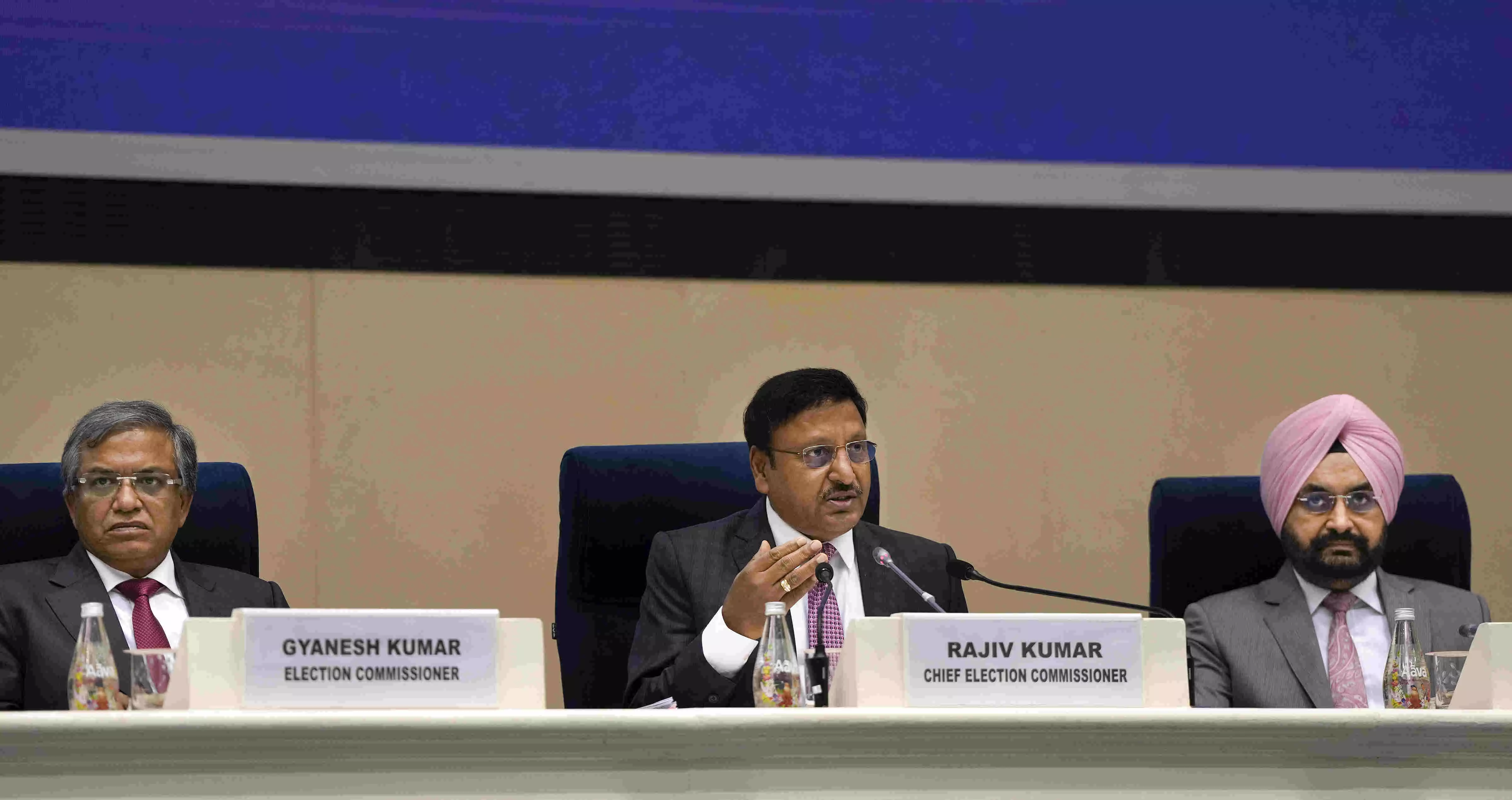Gauging the political winds

Recently, the Election Commission of India announced the poll dates for Jammu & Kashmir and Haryana, and indicated that elections for Maharashtra assembly will be held later this year, followed by Jharkhand and Delhi polls.
Jammu & Kashmir assembly elections are to be held in three phases from September 18 to October 1, 2024. During the elections, a total of 87.09 lakh voters—including 3.71 first-timers—are expected to cast their ballots. The number of assembly seats going for the first, second, and third phase are 24, 26, and 40, respectively. Needless to say, this is the most keenly watched for assembly elections among all. The northernmost Union Territory of India, previously a state, is going for its first assembly poll in a decade. This is also the first assembly election since the abrogation of Article 370. Though a satisfactory voter participation in the 2024 Lok Sabha elections has given good signals regarding the return of political normalcy in the region, assembly elections might be a different ball game altogether. It may be recalled that BJP’s withdrawal of support from then ruling People’s Democratic Party (PDP)-led coalition in 2018 had paved the way for Governor’s rule in the state, which was followed by revocation of the special status and splitting of the state into two Union Territories. Most of the prominent political leaders in the state were put under house arrest—bringing political space of the region to a standstill. Major players including Mehbooba Mufti and Omar Abdullah suddenly found the political ground slip beneath their feet. To this date, National Conference leader Omar Abdullah stands disenchanted from the prospect of fighting elections in the ‘Union Territory’. He is, however, considering fighting assembly elections due to ‘party pressure’ and at the insistence of his father Farooq Abdullah—who will enter the fray himself if Omar denies. It may be noted that Omar lost the Lok Sabha election from Baramulla to an independent candidate Engineer Rashid. Apart from all these aspects, Jammu & Kashmir election will also have to be seen through the lens of resurgence of militancy and terror attacks in the region—including in the areas that were relatively peaceful before the abrogation of Article 370. Prominent among National Conference’s 12 guarantees in its manifesto are: restoration of Article 370 and J&K’s statehood, alongside implementation of autonomy resolution passed in 2000.
Haryana, around the same time, will vote in a single phase on October 1, allowing 2.01 crore voters—including 4.52 lakh first-timers—to cast their ballots. Thanks to significant anti-incumbency against the ruling BJP, cumulated over its two terms, the Indian National Congress is sensing a strong opportunity in the state. Discontent against the ruling government is brewing in the state. It would be crucial to see whether BJP’s strategy to replace Manohar Lal Khattar with Nayab Singh Saini as the CM—ahead of Lok Sabha elections—will be effective for assembly elections! As a matter of fact, BJP’s performance in the state during Lok Sabha elections was subpar. Running along the thread of anti-incumbency, the issues of agrarian distress, public ire against Agnipath scheme, and wrestler’s protest loom large.
The outcome of these elections, expected on October 4, will have far-reaching implications, not just for Jammu and Kashmir and Haryana, but for the entire country. The Opposition's impressive performance in the 2024 Lok Sabha elections has provided them with fresh energy. The result of Jammu & Kashmir and Haryana elections will show whether or not the Indian National Congress and its allies are able to maintain the momentum. The challenge for the BJP, too, seems daunting.



